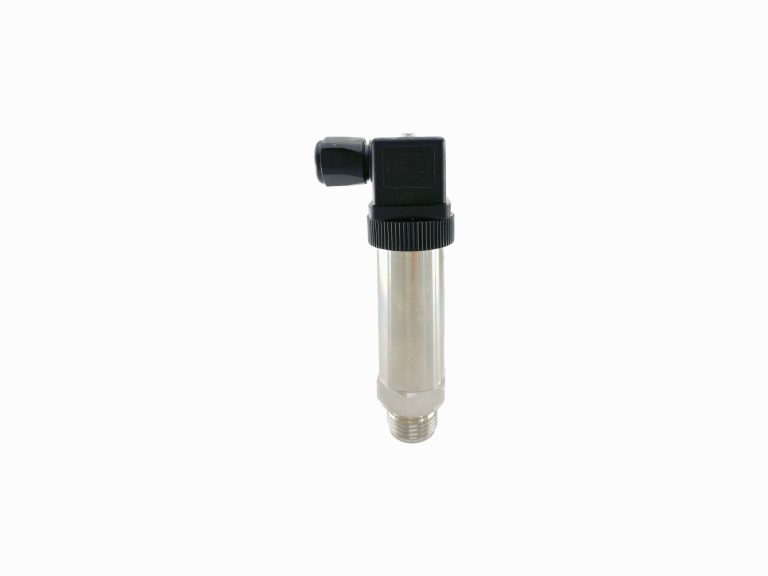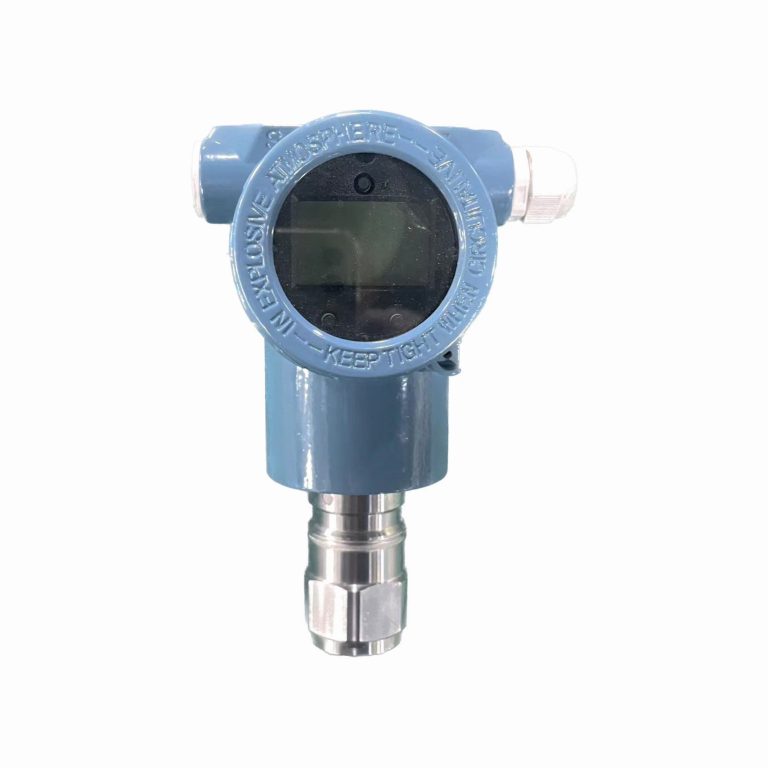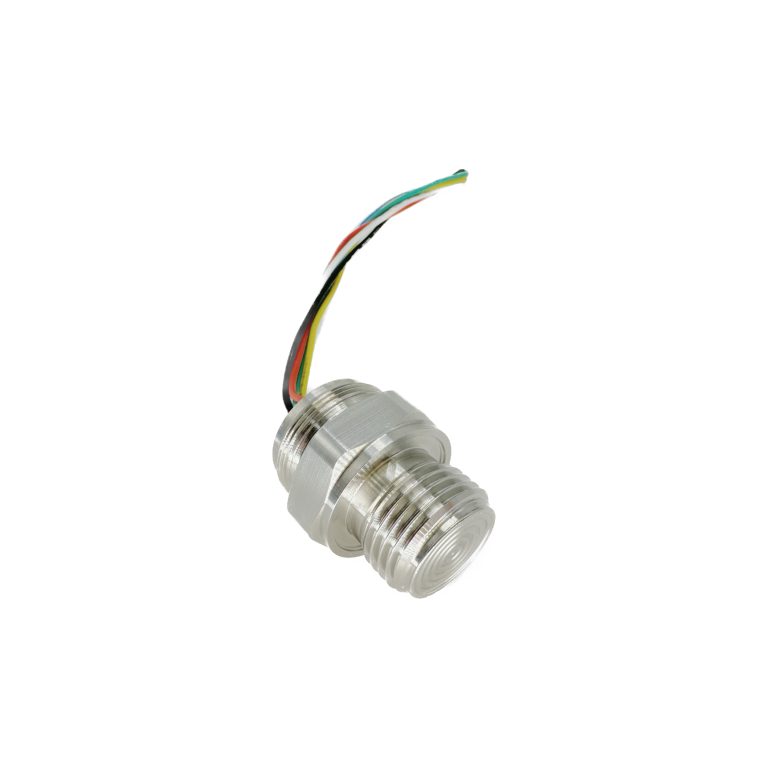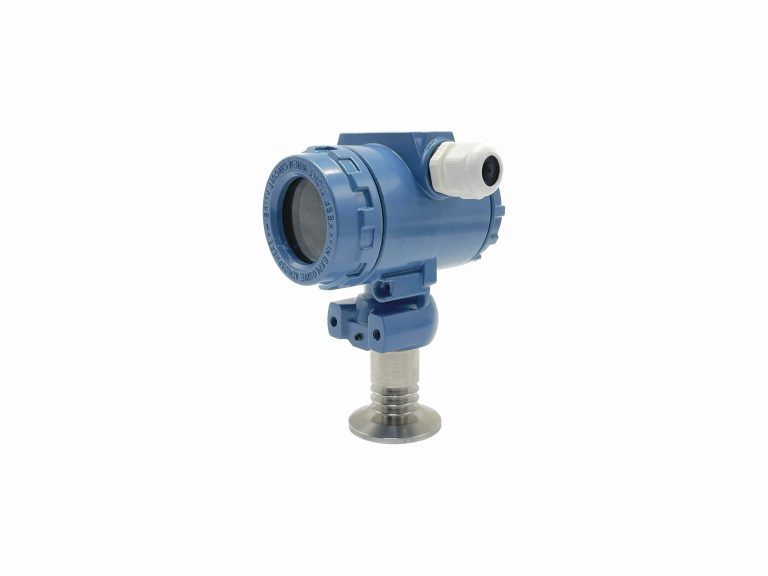Table of Contents
How to Choose the Right Pressure Transmitter for Your Application from a Chinese Factory
When selecting a pressure transmitter from a Chinese factory, it is important to consider the application and the environment in which the transmitter will be used. The following factors should be taken into account when making a selection:| Measuring medium | Gases, vapours, liquids |
| Inaccuracy | ±0.075% |
| stability | ±0.1%/3 years |
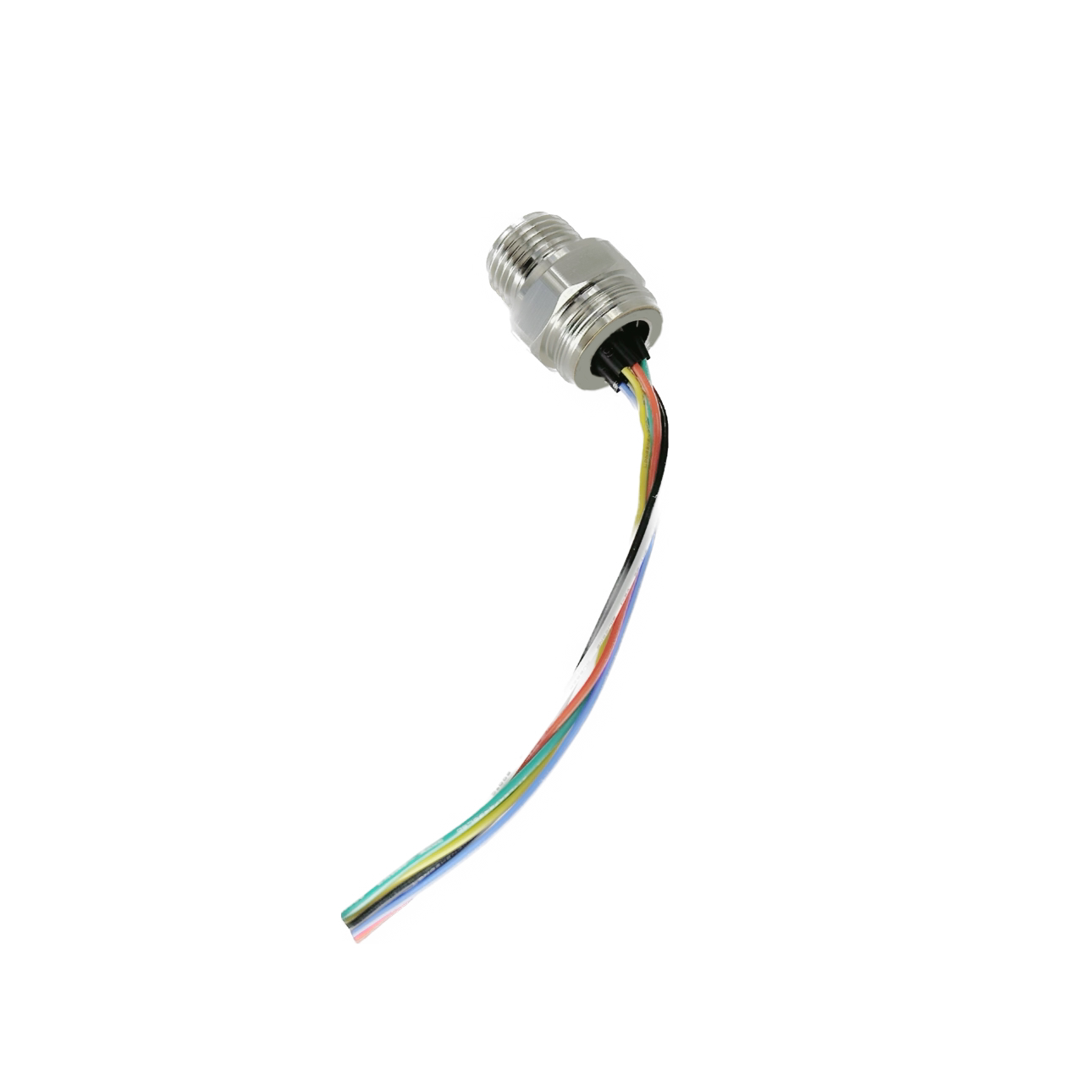 4. Temperature Range: The temperature range of the transmitter should be appropriate for the application. It is important to select a transmitter with a temperature range that is suitable for the application.
5. Environmental Conditions: The environmental conditions of the application should be taken into account when selecting a transmitter. It is important to select a transmitter that is suitable for the environmental conditions of the application.
6. Cost: The cost of the transmitter should be taken into account when selecting a transmitter. It is important to select a transmitter that is cost-effective for the application.
By taking into account these factors, it is possible to select the right pressure transmitter from a Chinese factory for your application.
4. Temperature Range: The temperature range of the transmitter should be appropriate for the application. It is important to select a transmitter with a temperature range that is suitable for the application.
5. Environmental Conditions: The environmental conditions of the application should be taken into account when selecting a transmitter. It is important to select a transmitter that is suitable for the environmental conditions of the application.
6. Cost: The cost of the transmitter should be taken into account when selecting a transmitter. It is important to select a transmitter that is cost-effective for the application.
By taking into account these factors, it is possible to select the right pressure transmitter from a Chinese factory for your application.
